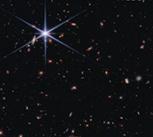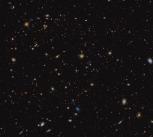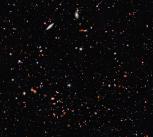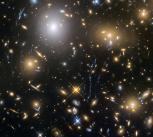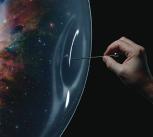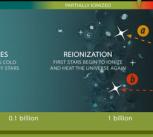Webb Telescope sees galaxy in mysteriously clearing fog of early Universe
26 March 2025Astronomers have identified a bright hydrogen emission from a galaxy in the very early Universe. The surprise finding is challenging researchers to explain how this light could have pierced the thick fog of neutral hydrogen that filled space at that time.


